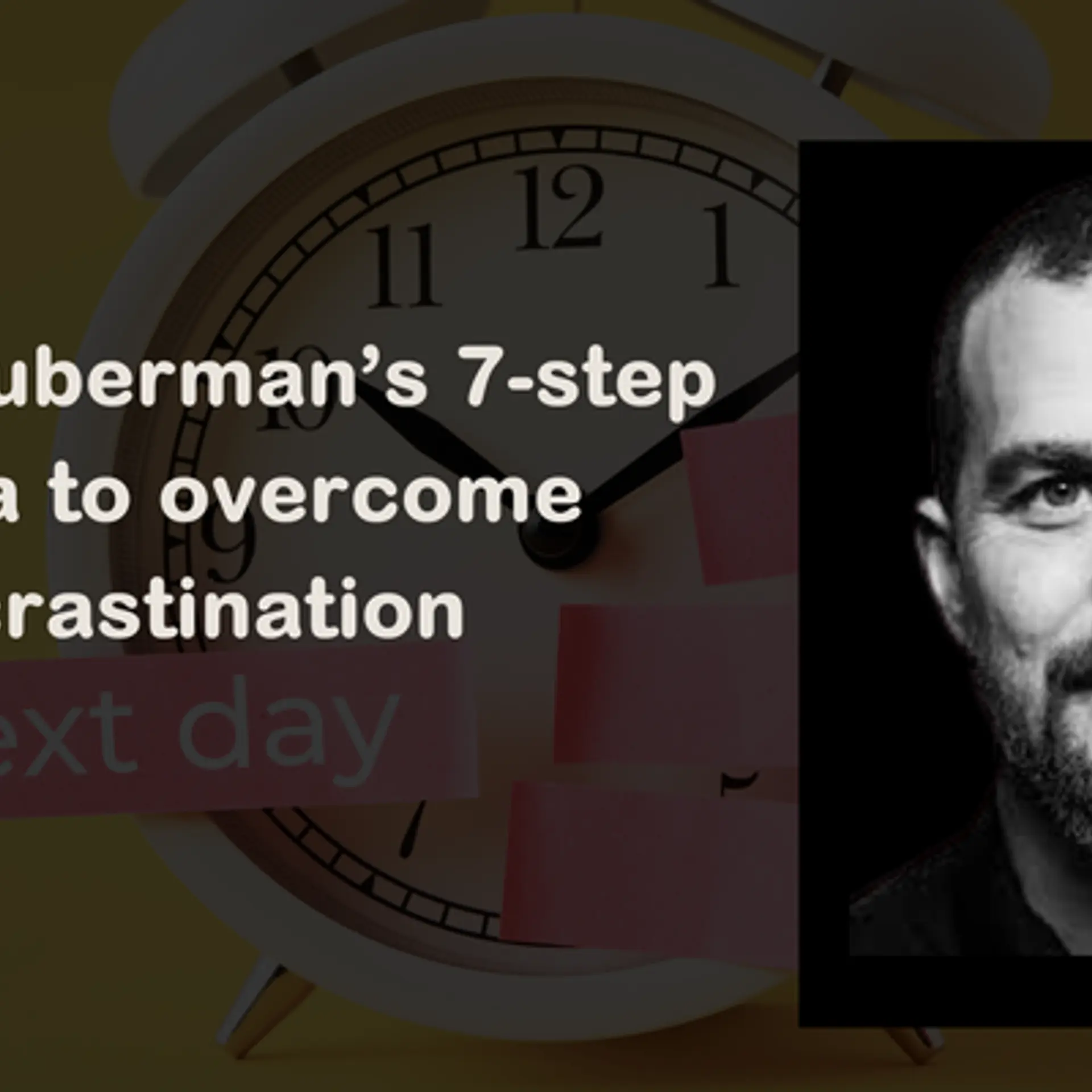Women in cinema recount harrowing instances of sexism, abuse, and poor working conditions
In the wake of the recent report on the Malayalam film industry by the Hema Committee, HerStory spoke to a cross-section of women working in Indian cinema to understand the challenges they face on and off the sets.
Twenty years ago, Malathy*, barely in her twenties, set foot into the film industry driven by a “deep-seated love for cinema” and her belief in the “transformative power of stories”.
She was eager to make a mark in the industry with her skills and passion for storytelling. However, she soon learned that thriving in this space also demanded a relentless capacity to deal with harassment and discrimination.
During the filming of her second Tamil film as an assistant director, Malathy was subject to sexual abuse and grooming for eight months by a prominent technician.
When she reported this to the director, the best solution he could offer was to allow her to sleep in the area outside his suite.
“I did that for almost two weeks until the female lead joined the filming schedule and we began looking out for each other,” says Malathy.
Two decades later, as she reflects on what she had undergone, Malathy says that, despite the growing dissent against gender discrimination and power abuse, little has changed on the ground in the film industry–which continues to be a battleground for women.
The recent report by the Hema Committee reveals the systemic issues and fault lines that exist in the Malayalam film industry: sexual abuse, gender-based harassment, labour rights violations, and unsafe working conditions.
In 2018, the Tamil film industry too came under the spotlight with the #MeToo movement, which brought to the fore accusations against prominent figures including lyricist Vairamuthu and actor Arjun Sarja. However, not much came out of it.
On the contrary, it was the whistleblowers–including Chinmayi Sripada who spearheaded the movement–who faced backlash and blacklisting. Sripada’s criticism of the overall culture of impunity for perpetrators mirrors the frustration shared by many women working in show business.
Sexism and microaggression
Preeti*, a 24-year-old cinematographer, says she has learned more about survival and diplomacy than about handling the camera—in the four years that she has spent on sets.
Recalling her experience during her first film, she says, “Every man on set scrutinised and stared at me wherever I went.”
The young technician has also had to contend with rampant sexism at the workplace.
Male assistants often dismissed her abilities, suggesting that lifting equipment was not her job. “They even questioned why I chose this career on my very first day,” says Preeti.
In fact, she got a whiff of what was to come in her career even as she was pursuing a course in visual communication in Chennai.
During her final semester project, her professor decided to handle the camera himself, telling the girls in her team that they wouldn’t be required to shoot on film sets.
It is not just on set that women find themselves in uncomfortable situations. A lot happens outside it too.
‘Catching up’ over drinks after the shoots is par for course, even if one is not keen on it. This is seen as an opportunity to unwind, reflect on the day, and plan ahead.
“Skipping these sessions isn’t an option if you want to stay in the loop,” says Asha*, a 36-year-old costume stylist who has worked in a couple of Tamil films. And, with alcohol involved, often the lines between professional and personal blur during these sessions, she adds.
During one such session, a director abruptly made sexual advances at Asha, leaving her quite stricken. She also began to question her own judgement, given the “ambiguous” nature of her interaction with the man in question–a predicament shared by many women whom HerStory spoke to.
In a field dominated by men who often hold important positions, women find it hard to navigate through situations where power dynamics come into play.
For instance, women filmmakers who spoke to HerStory admitted to having faced pressures from big producers to “drop” female actors who have declined their advances or earned their ire in some way.
A course correction
In recent times, prominent people from the entertainment industry, including Samantha Ruth Prabhu, an established actress in Tamil and Telugu movies, and film producer Guneet Monga, have called for a systemic overhaul of the sector–throwing light on the deep-seated nexus between power, politics, and cinema.
Actor and director Lakshmy Ramakrishnan, who recently made allegations of sexual misconduct by senior Malayalam filmmakers without revealing their identities, says the growing discourse on abuse and accountability is a “course correction” to years of silence and suffering.
“Until 15-20 years ago, cinema and personal life were deeply entrenched for people who were working in the industry. Today, people have lives outside cinema, and movements that call out abuse are gaining momentum.
“This could never happen even about a decade to 15 years ago, owing to the stigma and shame surrounding these subjects,” remarks Lakshmy, who is a member of the South Indian Film Women’s Association which spurred the #MeToo movement.
Inhuman working conditions
Beyond sexism and power dynamics, women in cinema also have to tackle lack of basic amenities on film sets–something that the Hema Committee report highlighted as well.
Women crew members, especially those in lower-ranked roles, often do not have access to restrooms, leading to serious health issues.
Malathy has undergone seven surgeries for fistula, the risk of which is exacerbated by the absence of proper sanitation facilities. She also knows of peers who have suffered from urinary tract infection and haemorrhoids due to the same reason.
She recalls that, at a set constructed at the now defunct Binny Mills plot, a popular shooting spot in Chennai, there were no toilets for women.
“One of our HoDs had an all-women’s team. She had to throw a fit with the production in order to get a toilet built for them,” says Malathy.
When movies are shot in remote locations, tents are often built for the female lead to change and rest, she says, adding, “But somehow, this option eludes the other women in the crew."
“I can understand that you can’t have vanity vans for 300 people. But a simple investment … as low as Rs 7,000 … in basic restrooms for women could significantly improve working conditions for everyone,” Malathy reasons.
Women crew members whom HerStory spoke to, particularly assistant directors, point out that shooting schedules often run into 24 hours straight and they are expected to be on call almost throughout.
“You cannot go missing for more than a few seconds. So you either hold your pee and get sick or go off the set and get yelled at,” says a woman assistant director.
Transportation is another challenge, especially when the shooting wraps up at odd hours.
Sometimes, after a gruelling shooting schedule of 16 to 20 hours, Preeti has to ride almost 35 kilometres back home on her bike “at 2 or 3 am”.
“We get shared transportation while shooting outside the city, but in the city, we are on our own. I have to stay alert and hypervigilant while going back home after almost 20 hours of shooting. In such cases, why can’t transport be provided? Why are these basic amenities only restricted to certain production houses and directors?” she asks.
What lies ahead
With several women from the film industry speaking up against abuse and exploitation, what’s the way forward for them? Will the Hema Committee serve as a wake-up call for Indian cinema to clean up its act?
Amid growing allegations of sexual harassment and rape within the Kerala film industry, the Women in Cinema Collective, a registered trust in Kerala working towards gender justice in cinema, has unveiled a comprehensive ‘zero tolerance policy’.
The collective has outlined decisive plans to implement a Cinema Code of Conduct to set clear and enforceable standards of behaviour across the industry.
Mitta Antony, who was the first woman makeup artist to be recognised by the Film Employees Federation of Kerala Makeup Union after a long struggle, says the steps taken by the collective should invoke accountability and fear in perpetrators and powerful figures.
“Discussion and public outcry will ease the environment for those who have their own stories to share. If more voices come out, change will occur with greater urgency,” she says.
Two years ago, following protests by actress Sri Reddy, a committee to investigate sexual misconduct and gender-based discrimination was formed in the Telugu film industry.
The Telangana government has urged the committee to disclose its findings, but there has been no response or clarity on the next steps.
Recently, Nadigar Sangam, the union for Tamil film, television and stage actors, has said that it would form a committee soon to look into human rights abuses, including sexual harassment, in Tamil cinema.
True transformation will happen when women rise to leadership roles in unions and decision-making bodies, says actor-director Lakshmy Ramakrishnan, adding that senior artists must guide young hard-working women in finding opportunities despite the deterrents.
“This can make a world of difference to the people entering the industry and keep them from getting disillusioned,” she says.
According to a study in 2019 by Ormax Media and Film Companion, women occupy just 8% of key roles in Indian cinema.
Cinematographer Yamini Yagnamurthy concurs with Lakshmy’s view on the need for women to occupy decision-making posts in film guilds.
In her fledgling career, Yamini has had to battle sexism and power abuse, despite having assisted senior cinematographer PC Sreeram–who, she says, guided her through many of these challenges.
She insists that women must persist in contesting elections in unions, undeterred by initial failures, as only by gaining power can they enact meaningful change in the industry.
* Names changed to protect identity
(The feature image was updated.)
Edited by Swetha Kannan







